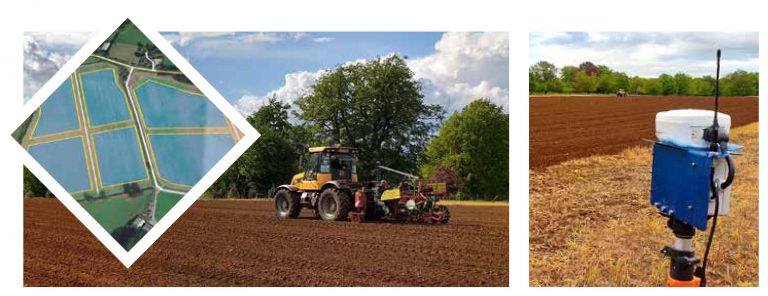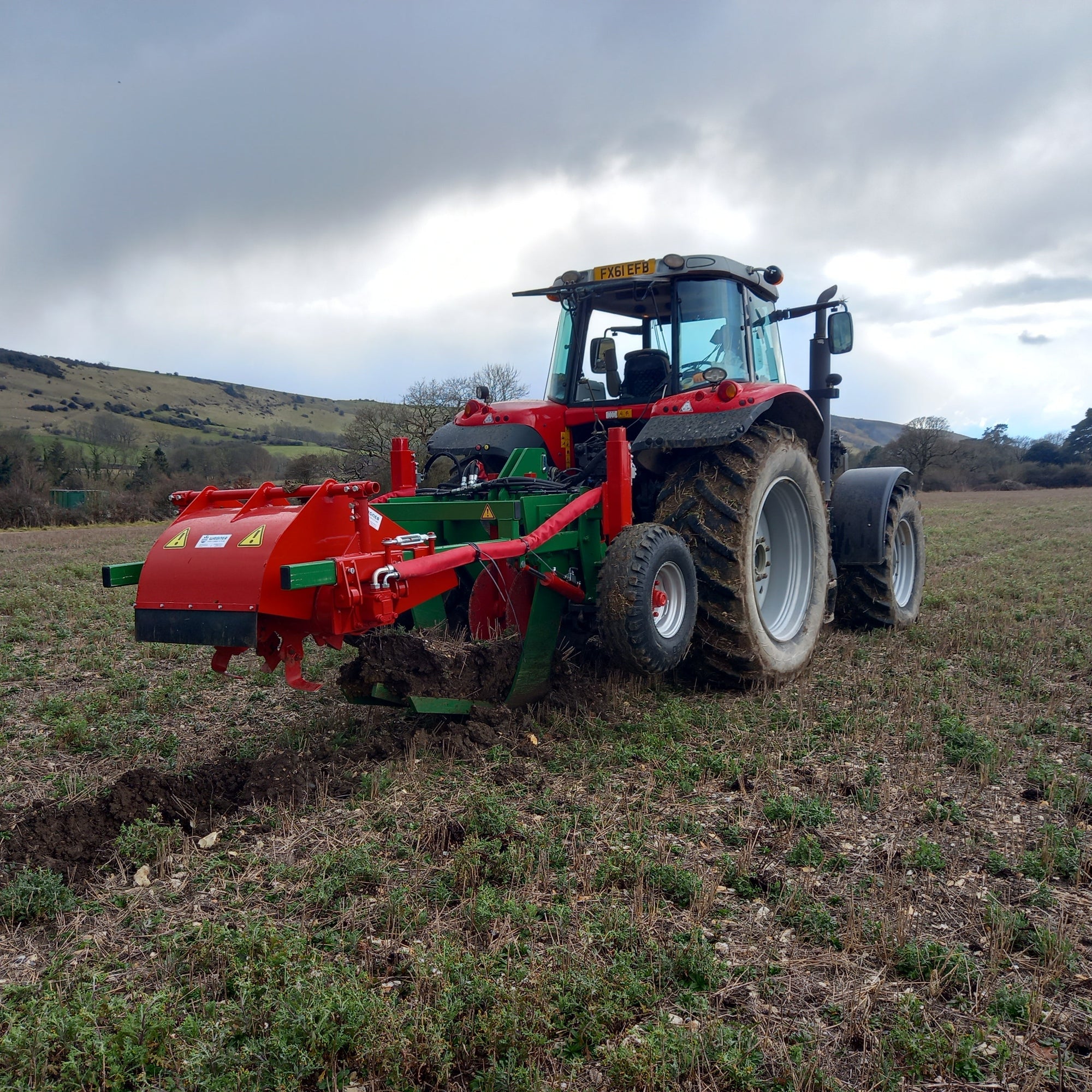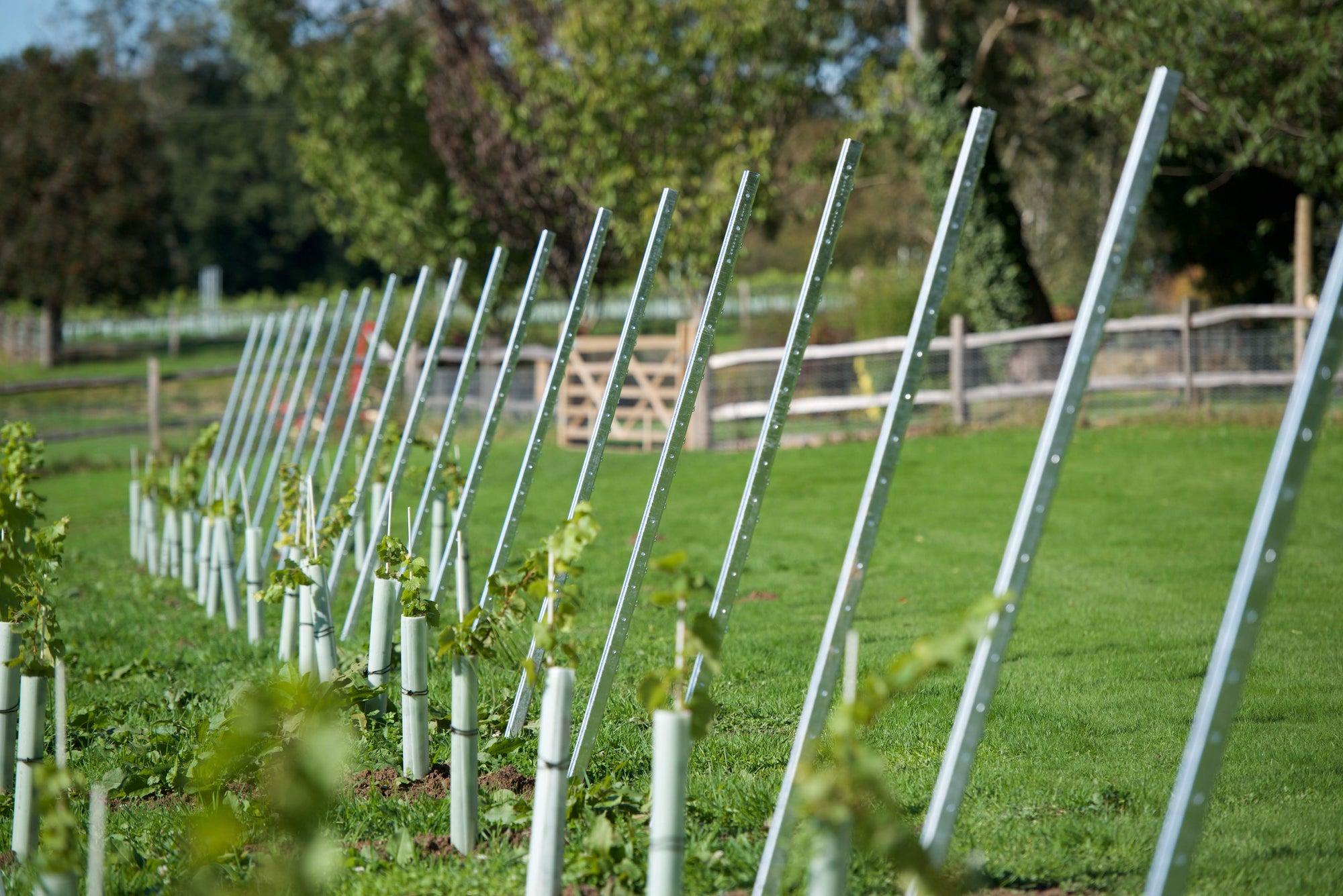Headlands and windbreaks are an integral part of any vineyard design and are often overlooked or underestimated in their importance. There is a balance, however, between utilising plantable area and making it difficult for operators to turn their tractors.
Windbreaks can offer protection for vines and, spaced correctly, can also become useful side lands for vineyard traffic. What’s planted for windbreaks should be considered carefully otherwise they could harbour disease and pests.
The decision on how much space between rows and between the vines will come back to the initial question of what will happen to the fruit. This is where consideration must be given to the varietals being planted. Some varieties can benefit from more space between vines and others by being closer together. Vigour, phenolics and acidity can all potentially be managed with vine spacing. Also, provisions should be made in the design to match varieties to the warmest or coolest areas of the vineyard. If frost is a real concern for the site, then perhaps keep early budding varieties away from this area.
Our diverse and extensive experience in vineyard design has exposed our team to interesting and impressive projects. With the continuing expansion of vineyards in this country, we see more and more intricate designs to fit around private houses, newly purchased land and established businesses. Our designs always focus on why the fruit is being produced, then around existing site attributes and followed with improving and utilising land to its fullest potential.
New technologies are entering the market that allow us to perfect this design process further and its likely we will be using these to map as accurately as we can around soil profile and bedrock formations.
Whether the reason to start a vineyard is practical or emotive, design will be a small but important part of the process as what is ultimately planted and trellised will last for a generation.




